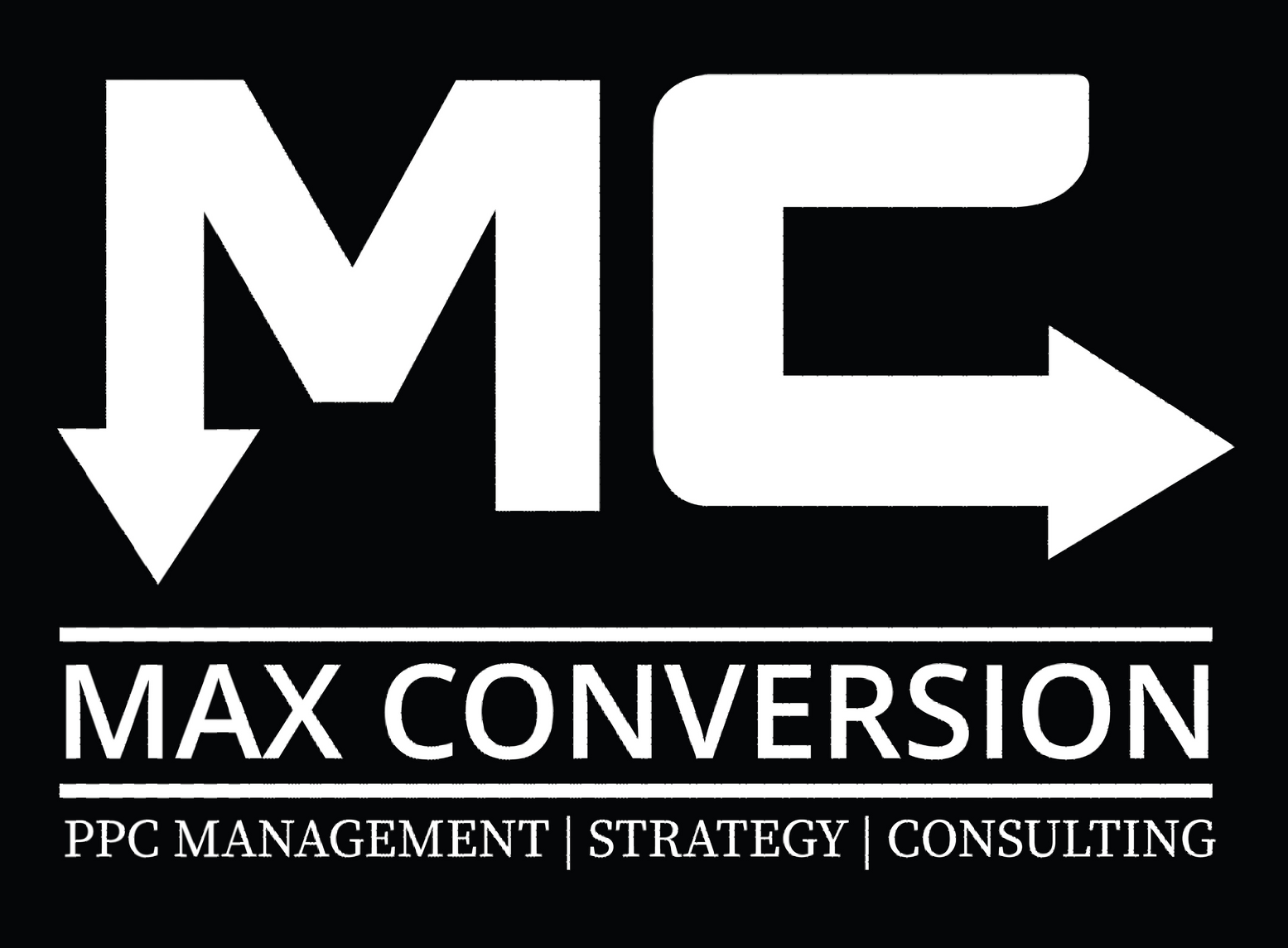When you run a roadside assistance business, every call matters because every stranded trucker is a potential high-value customer. In this campaign breakdown, Max Conversion’s Kyle shares how his team generated 556 phone call leads in just 120 days for a roadside assistance company targeting semi-truck drivers, RVs, and trailers.
This post will walk you through the bidding strategy, keyword targeting, and ad group structure that turned $22,000 in ad spend into hundreds of qualified leads all while keeping cost per lead under $40. If you’re looking to reduce cost per lead, maximize ad ROI, and scale your PPC strategy, you’ll want to read every detail.
Table of Contents
- Campaign Overview: 556 Calls in 120 Days
- The Winning Bidding Strategy: Target CPA
- Ad Group Structure: Relevance is Everything
- High-Performing Keywords: Truck Tires Lead the Way
- Key Takeaways for Your Google Ads Campaign
- Ready to Generate More Leads from Google Ads?=
Campaign Overview: 556 Calls in 120 Days
The client was a roadside assistance company specializing in diesel trucks, trailers, and RVs no cars. This focus meant the search volume was smaller and CPCs were a bit higher than a standard automotive roadside assistance campaign.
Over 120 days:
- $22,000 ad spend
- 556 phone calls from stranded drivers
- Average cost per lead: $39
- Ticket size per job: $500–$1,000+
That’s a strong ROI for a campaign that consistently turns clicks into real phone calls.
“These are people stranded on the side of the road who are calling and need help. That’s why a $39 cost per lead is a huge win.” - Kyle, Max Conversion
The Winning Bidding Strategy: Target CPA
The campaign tested multiple bidding strategies manual CPC, Maximize Clicks, and Target Impression Share but ultimately landed on Target CPA bidding.
Here’s why:
- Target CPA lets you set a goal cost per lead.
- Google optimizes bids automatically to hit that goal.
- When conversion tracking is properly set up, Target CPA delivers consistent results.
In this campaign, the team set a $25 target CPA but landed around $39 per lead. Given the high ticket size, this was still an excellent cost per lead.
Ad Group Structure: Relevance is Everything
Instead of lumping all services into one campaign, Max Conversion built separate ad groups for each type of roadside service:
- Truck tire repair
- General truck repair
- Diesel engine repair
- RV and trailer roadside assistance
- Welding and specialty services
This structure allowed the ads to dynamically match the searcher’s intent.
“If somebody’s looking for a diesel mechanic, we put in the ad ‘Diesel Mechanic Near You’ with their location. It makes the ad more relevant, improves Quality Score, and boosts click-through rate.” - Kyle
This relevance led to higher CTRs in some ad groups as high as
10% and more conversions from qualified leads.
High-Performing Keywords: Truck Tires Lead the Way
The best-performing keywords were focused on urgent, high-intent searches like:
- “truck repair near me”
- “truck tire repair”
- “commercial truck repair”
- “diesel mechanic near me”
Truck tire repair keywords converted at an impressive
20% conversion rate, driving a big portion of the campaign’s success.
Key Takeaways for Your Google Ads Campaign
Here’s what you can learn from this case study:
- Target CPA is powerful - Once you have reliable conversion tracking, use it to let Google optimize for cost per lead.
- Break out ad groups by service - This boosts relevance, improves Quality Score, and increases CTR.
- Focus on high-intent keywords - Go after terms where the searcher needs immediate help, not just research-based queries.
- Don’t panic about Google’s “status” alerts -
What matters most is CTR, conversions, and actual call volume.
Ready to Generate More Leads from Google Ads?
This roadside assistance company went from a flat lead flow to over 550 calls in 4 months using a smart, performance-driven PPC strategy.
If you need help improving your Google Ads performance,
Book a Free Strategy Contact with Max Conversion.
